Voices of the Amazon
A photographic exhibition to discover the Amazon through the eyes of those who live it, feel it, and defend it every day.

In the heart of the Amazon, where rivers sustain forests and nature safeguards the wisdom of generations, communicators from Indigenous peoples and local communities share their vision of the territory. Through their eyes, they show off the vibrant life of the world’s largets freshwater basin, sharing their traditions and their deep connection with nature, and the threats that endanger their lives, their communities, and their rivers. They also share, through visual storytelling, the local solutions born from traditional knowledge as they adapt to a changing climate.
“Voices of the Amazon,” a photo exhibition by Mídia Indígena and The Nature Conservancy (TNC), curated by Brazilian photographer and audiovisual producer Priscila Tapajowara brings these stories to life featuring eight Amazonian photographers from Colombia, Ecuador, Brazil, and Peru. It invites audiences to see the Amazon through the eyes of those who live it, feel it, and defend it every day.
The Amazon Basin is home to more than 500 Indigenous peoples, and spans nine countries. This vast territory holds 20% of the planet’s fresh water, and its rivers are far more than waterways—they are sources of nourishment, culture, spirituality, and a deep connection to the land. The communities that call it home not only preserve their ancestral traditions, but also lead the defense of their territories, driving efforts to protect one of the world’s most vital and biodiverse ecosystems.
Map of the Amazon basin showing the location of the photographers included in the exhibition.
The Amazon is under serious threat. Deforestation, ecosystem degradation, and the expansion of extractive activities have already affected around 26% of its territory. Every tree cut down, every river polluted, weakens the balance of one of the planet’s most essential natural systems. In the face of this crisis, Amazonian communities have become guardians of the land, leading powerful efforts of resistance and conservation that are key to the future of our global climate
Now more than ever, what happens here echoes across the planet. It’s time to listen to the voices of Amazon.
Brazil
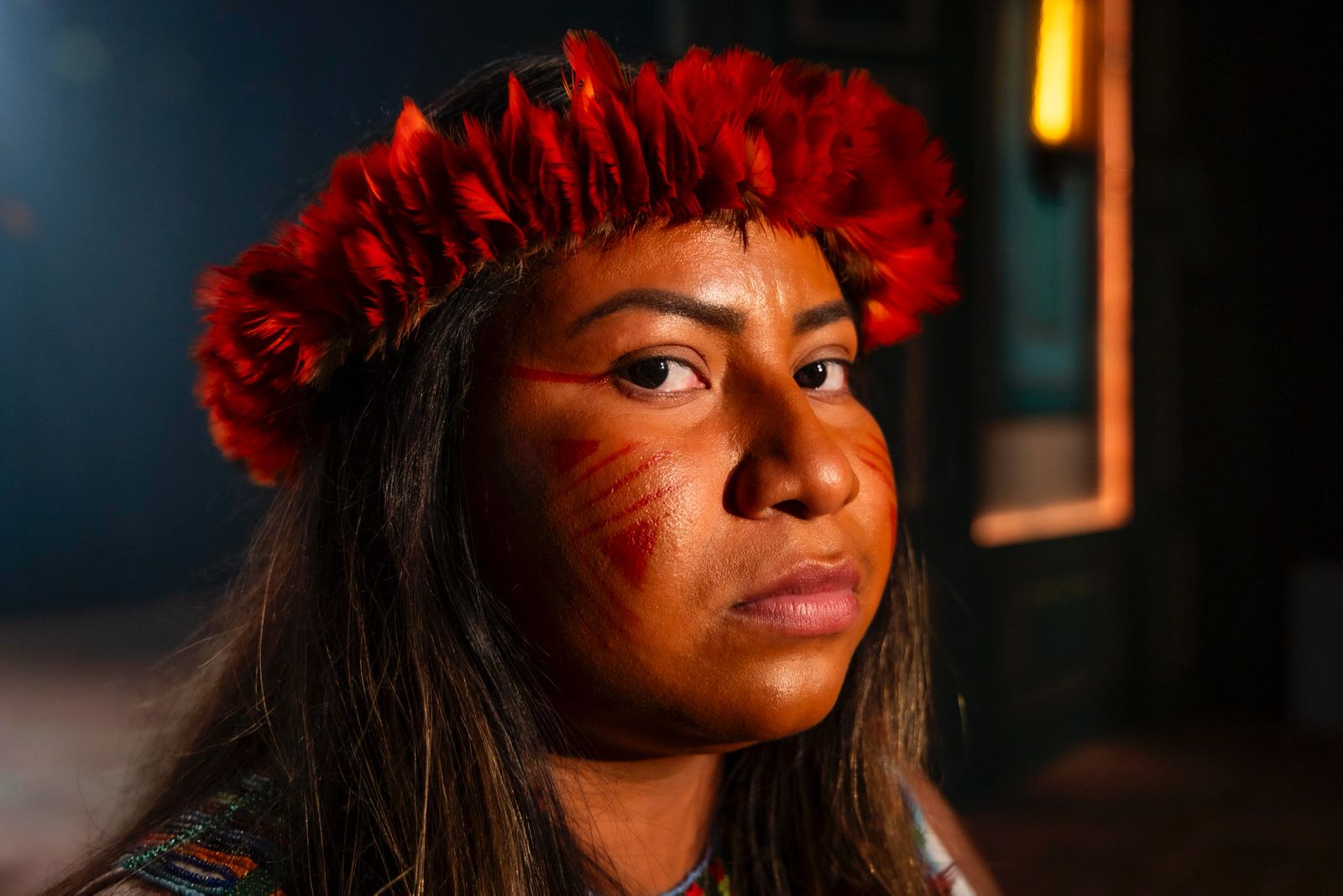
Luene Karipuna
“My photographs symbolize the need to protect and ensure these territories remain as beautiful as they appear in the images.”
Belongs to the Karipuna people, of the Uaçá Indigenous Territory, in Oiapoque, Amapá. She has worked as a communicator since 2020. She has also collaborated with Indigenous organizations including COIAB and APOIANP, where she now serves as executive coordinator—the first young person to hold this role. She uses photography as a tool to challenge stereotypes, amplify Indigenous voices, and advocate for Indigenous rights.
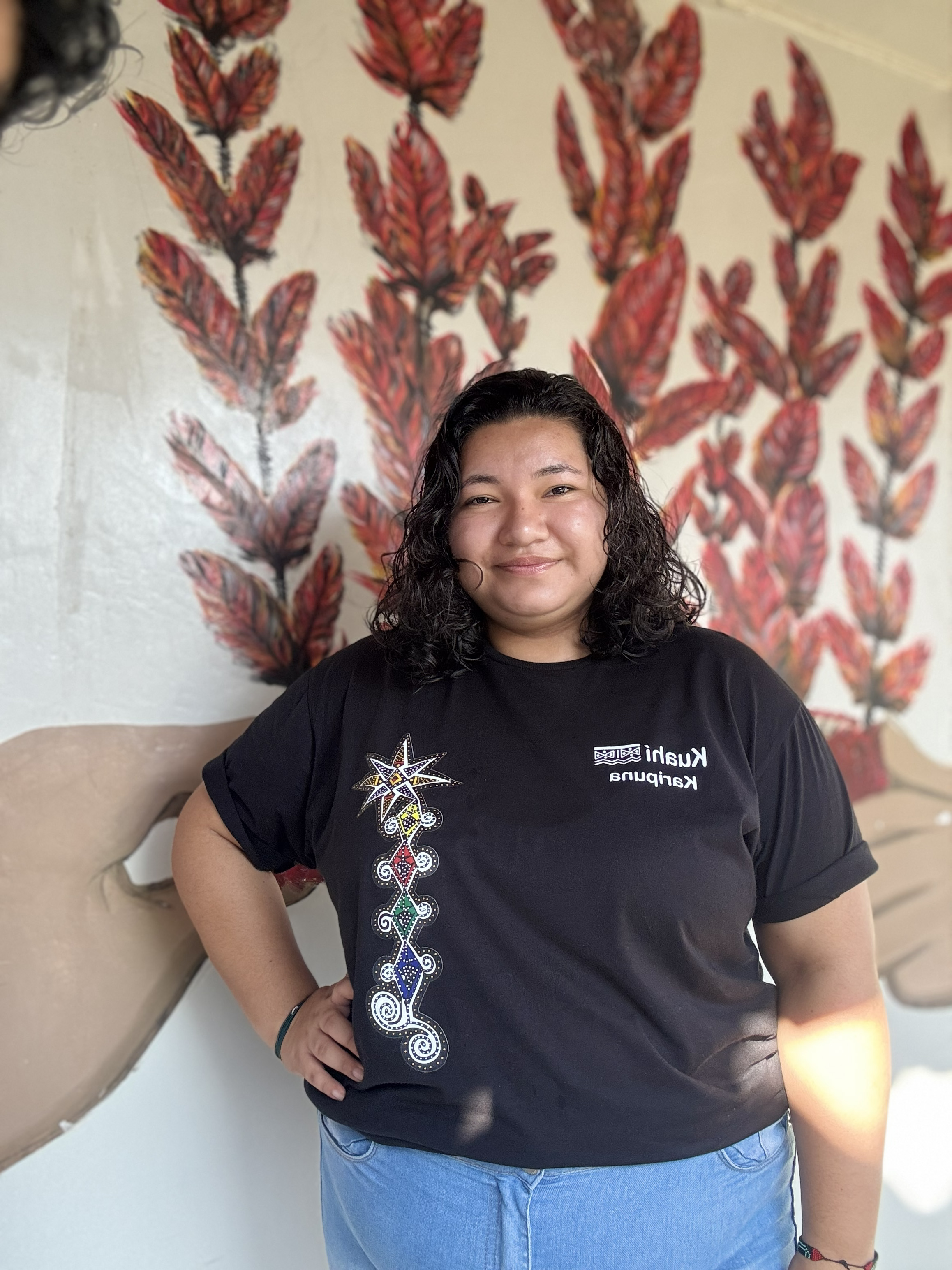
Joyce Anika
“The voice of the Amazon must be carried far and wide, for it has been deeply threatened.”
Photographer, communicator, and artist from the Karipuna people, of the Uaçá Indigenous Territory, in Oiapoque, Amapá. Her work stems from the Indigenous movement and local leadership. She began studying communications in 2021 and participated in the Acampamento Terra Livre Cin Brasília in 2022, an experience that strengthened her commitment to uplifting Indigenous voices. She uses her sensibility and passion, through art and imagery, to showcases the strength of Indigenous peoples in northern Brazil.
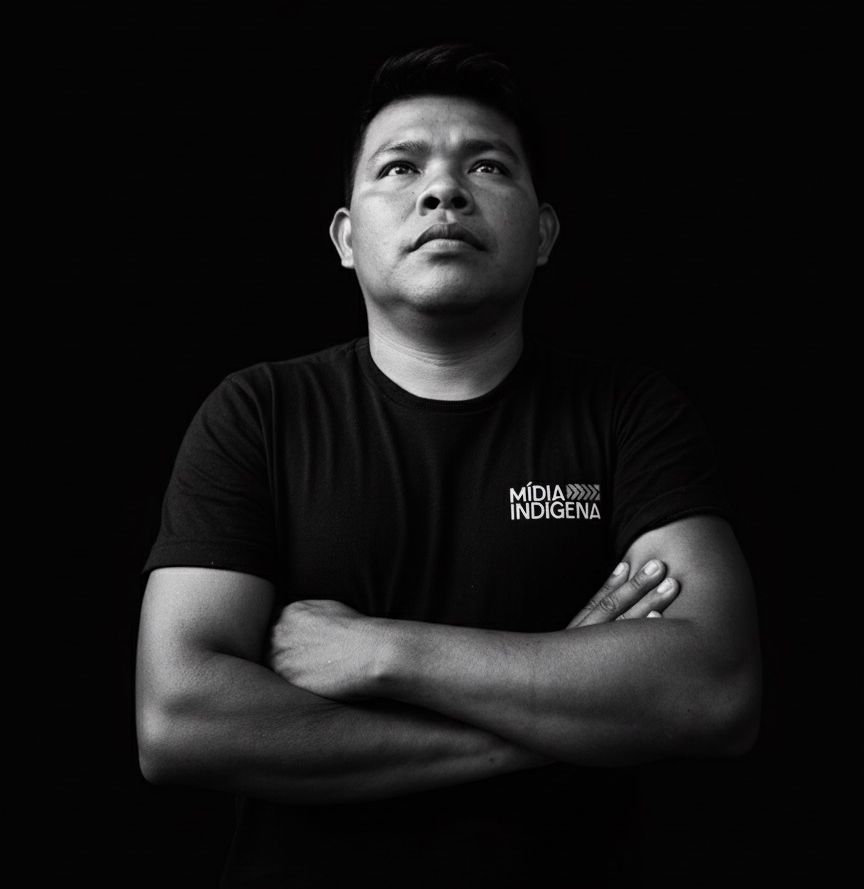
Kawowe Parakanã
“The Amazon, to me, means so much more; it is a mother to us. It is the Amazon that strengthens the power of our Indigenous people and gives us more energy each day to keep our territory standing strong.”
Photographer and communicator from the Apyterewa territory, Pará. Through his work, Kawowe Parakanã, seeks to document and showcase the strength of his people, their relationship with the forest, and the importance of protecting this territory. His photographs give voice to the culture of his people and serve as a call to defend life in the Amazon.
Colombia
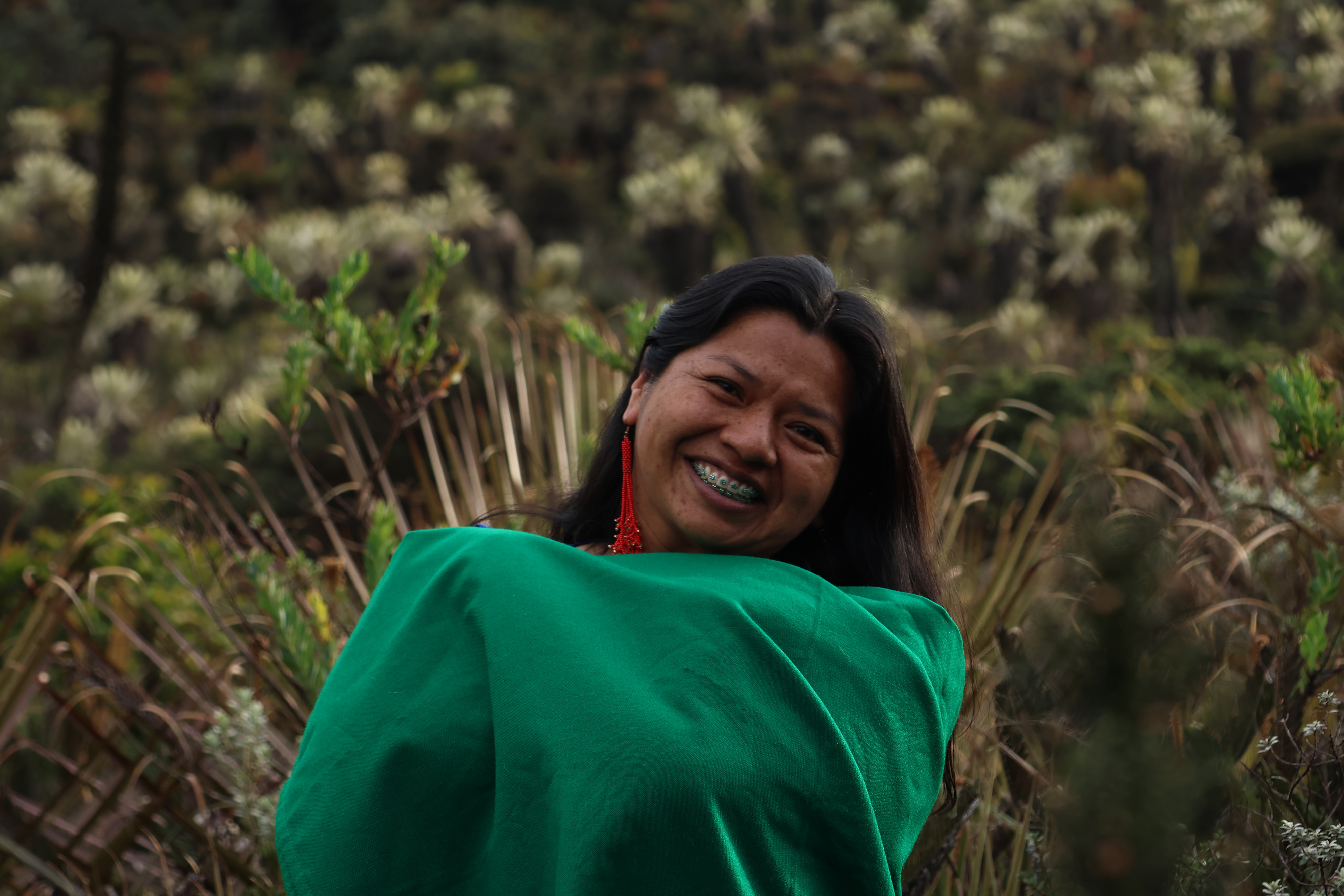
Eliana Muchachasoy
“Our grandparents have taught us that the plants and everything surrounding us are spirits that are present guardians of the very territories themselves.”
Eliana Muchachasoy is originally from the Camëntŝá people, located in the Sibundoy Valley (Putumayo), in southeastern Colombia. Her vibrant and colorful images aim to highlight the role and struggles of Indigenous women, pay tribute to the memory of her ancestors, and document her community. She is a visual artist, singer, and composer. Her artistic interests have led her to explore photography, canvas painting, muralism, digital composition, and illustration. Her work has been exhibited in various venues at the local, national, and international levels.
“Your freedom smells like páramo flowers,
like salty breeze in the mountains,
like the rain that kisses the savanna”.
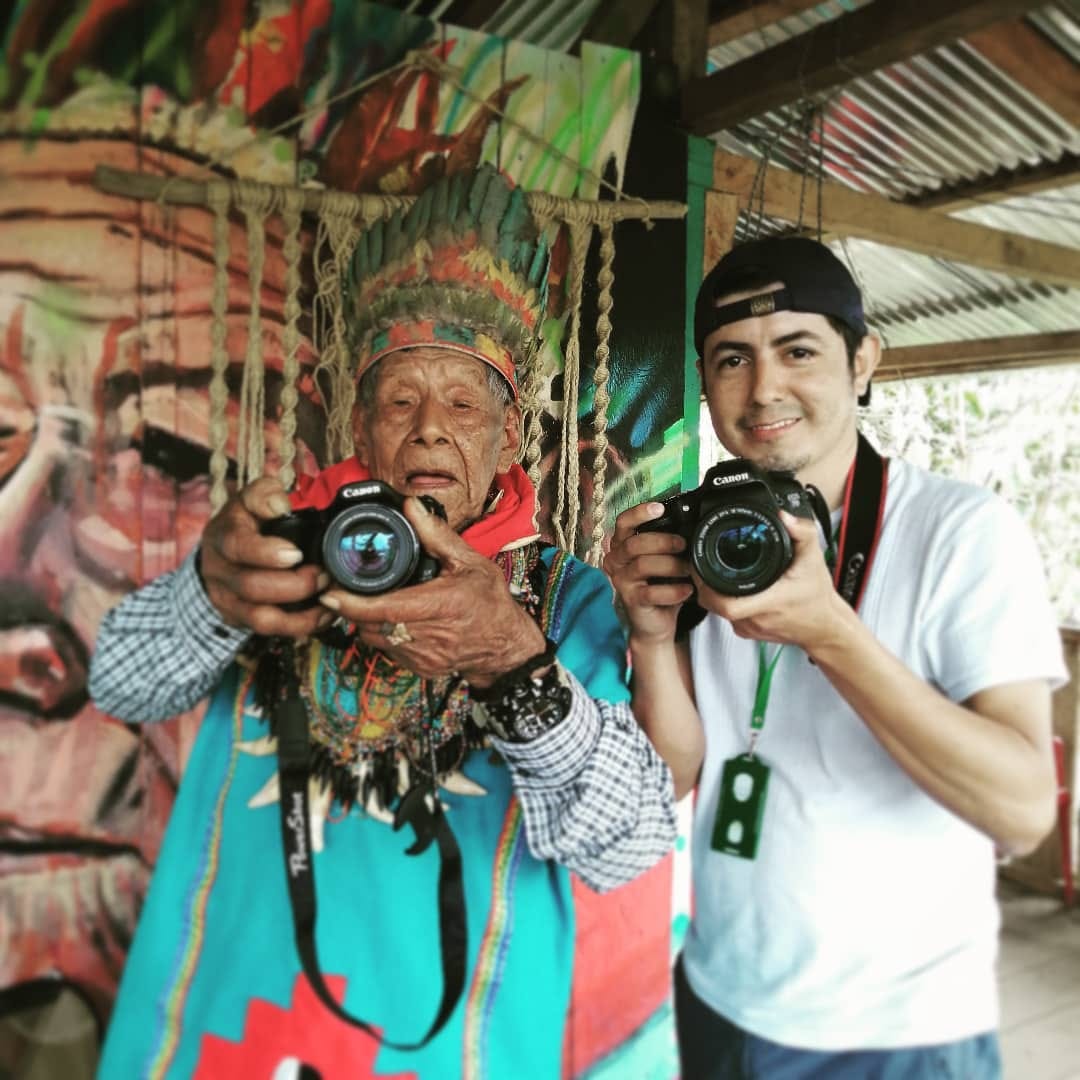
Duber Rosero
“If the Amazon had a voice, it would be the voice of the rivers… the river knows from beginning to end everything that exists in this territory.”
Passionate about biodiversity, nature conservation, and the cultural expressions of the Indigenous peoples who inhabit his territory, Duber Rosero is a photographer and audiovisual producer from Putumayo, in southwest Colombia. He is interested in exploring Indigenous knowledge and the connection traditional communities have with the nature that surrounds them.
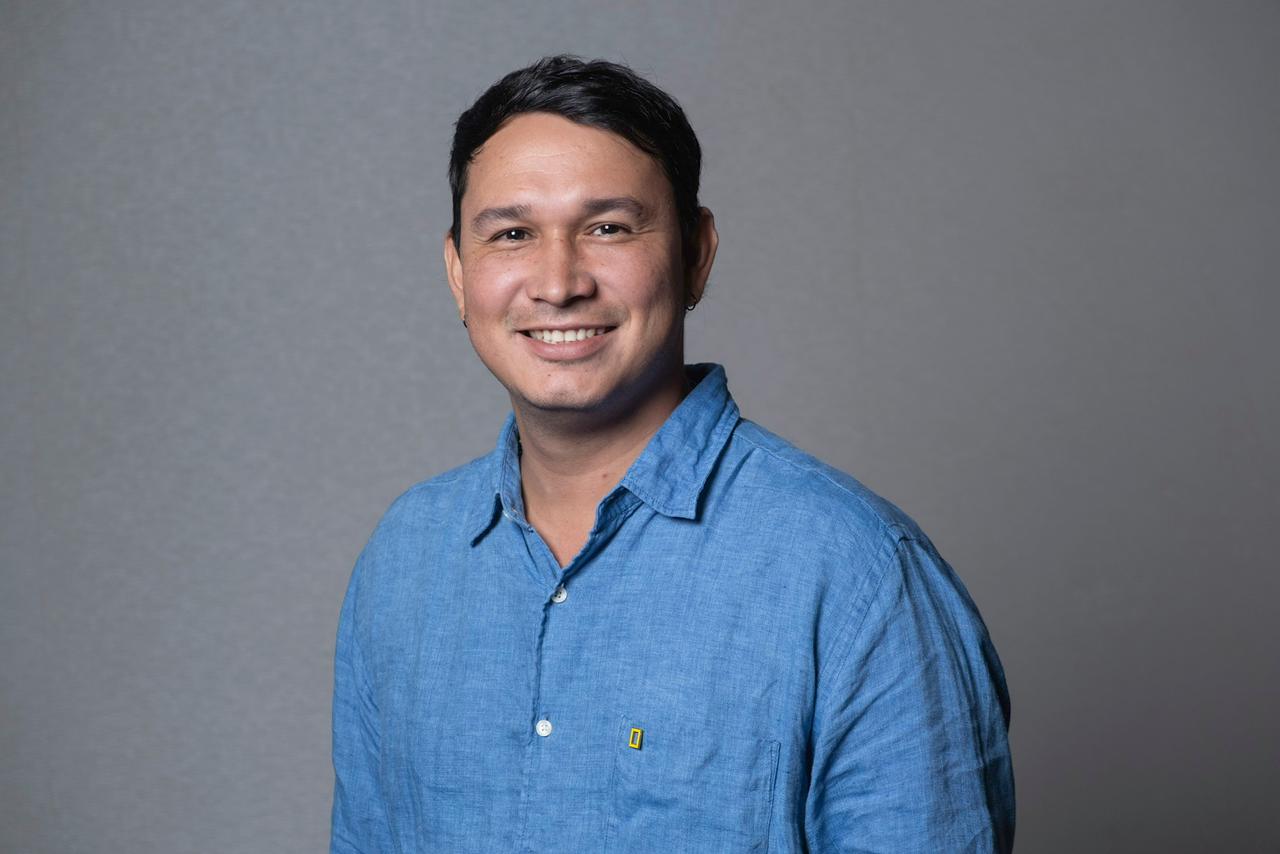
Andrés Cardona
“The Amazon is a distinct civilization that can teach humanity how to coexist.”
Andrés Cardona has traveled along the Amazon River from Colombia to its mouth in the Atlantic Ocean in Brazil. He was born in the municipality of San Vicente del Caguán, in the department of Caquetá, where the Andes meet the Amazon rainforest. His photographs not only capture the beauty of the territory but also reflect the scars and pain left by war on the people of this region of Colombia—including himself and his family.
Currently a National Geographic Explorer, his work has been featured in renowned publications such as TIME, Vogue, The Washington Post, El País, and Al Jazeera. In 2023, he won the POY Latam award for Best Long-Term Project, and in 2024, he received the prestigious Gabo Prize.
Peru
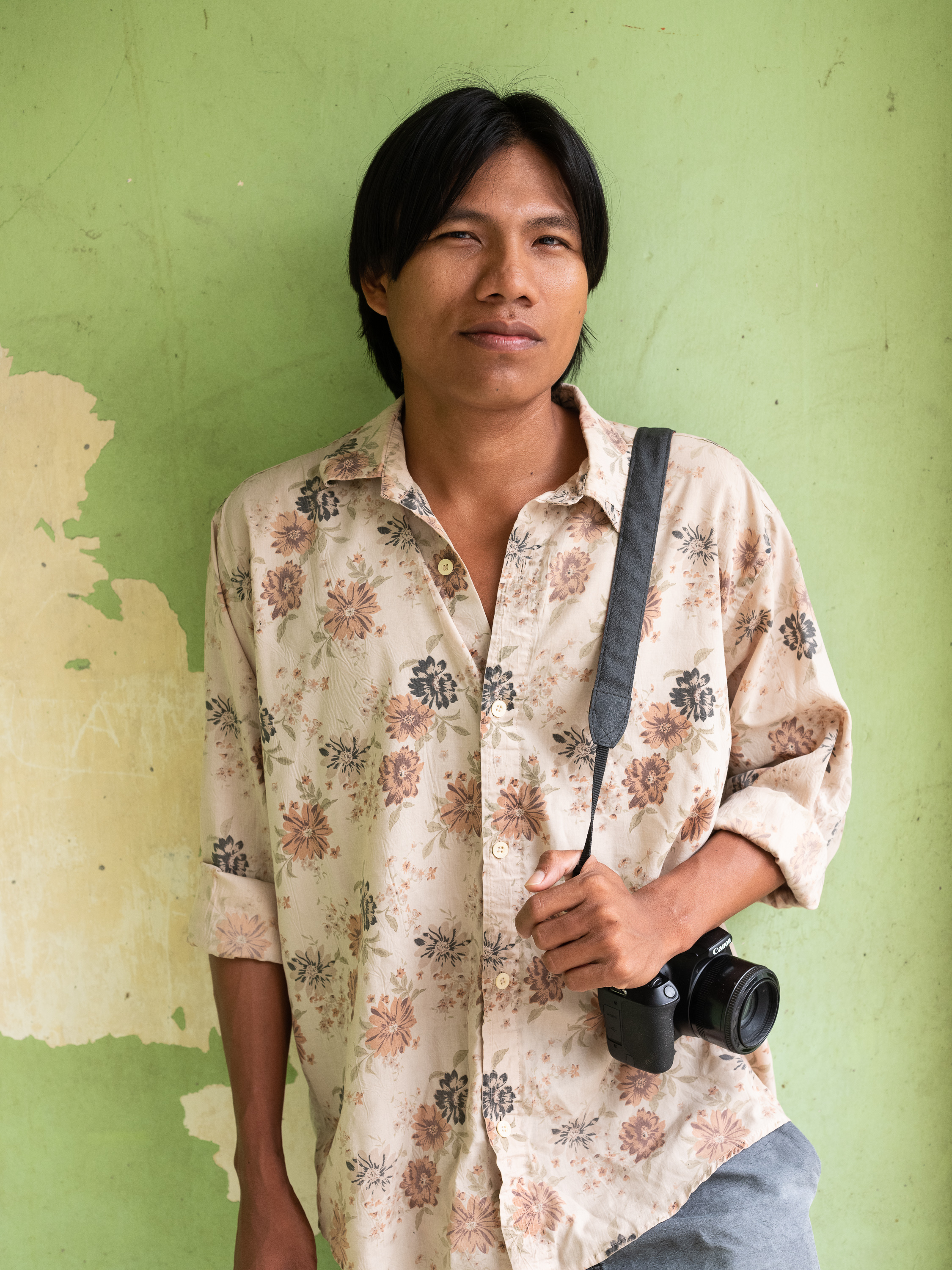
Patrick Murayari
“The voice of the Amazon seeks to reconnect us with our origins, with the knowledge and practices that Indigenous peoples have with the environment, and with the ways of living in harmony with the land”
Patrick Murayari Wesember is a Kukama photographer and audiovisual creator from Iquitos. His work focuses on documenting life in the Peruvian Amazon. Through his images, he explores themes such as memory, identity, territory, and Indigenous rights, while reflecting on the history of his people and the structural issues stemming from colonization and extractivist development practices in the Amazon. He is a member of the Peruvian Association of Photojournalists, participated in the 1st International Biennial of Amazonian Art in 2019, and has won several awards for his photography, including those from the International Indigenous Organization and the French Embassy.
Ecuador
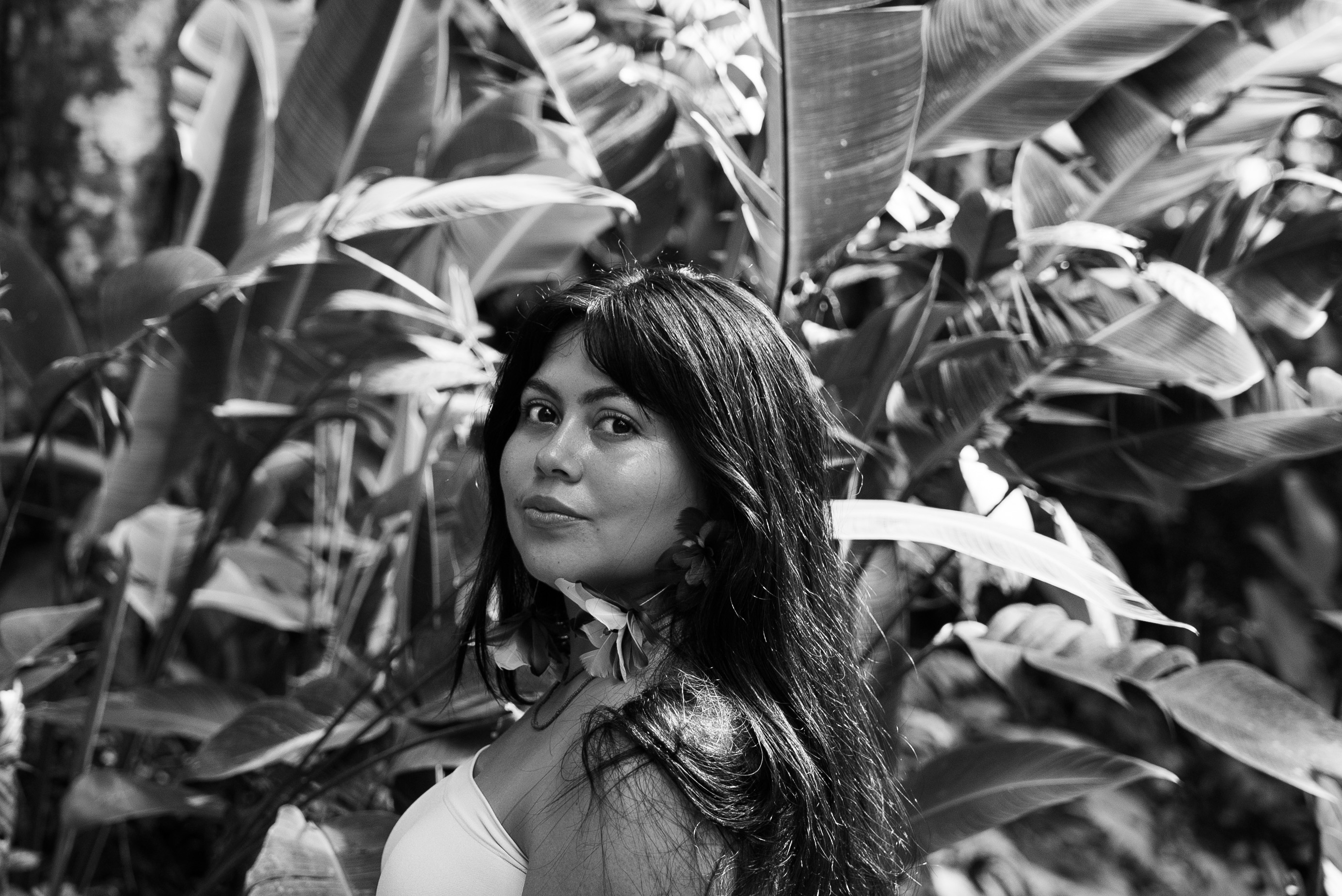
Eli Virkina
"I remember what my grandmother used to tell me: to be a strong woman, you have to go to the river before the sun rises. That’s when the river gives you strength, wisdom, and healing."
Photographer and filmmaker from the Kichwa Venecia Derecha community in the Upper Napo region, Eli Virkina is Ecuadorian and draws inspiration from the Napo River—one of the tributaries impacted by mining pollution in the Ecuadorian Amazon. Her art communicates her people's struggle and transforms pain into healing. Through her images, she captures the daily lives of women, territorial resistance, and the connection between the physical and spiritual worlds.
From the heart of Climate Action
Voices of the Amazon - Local Roots, Global Climate Solutions


























